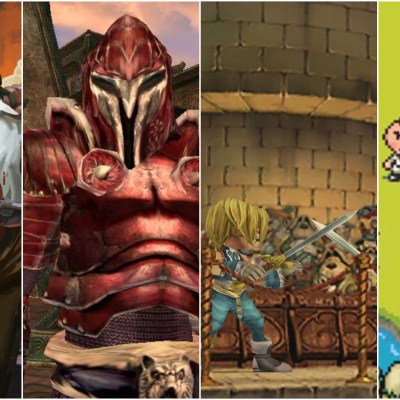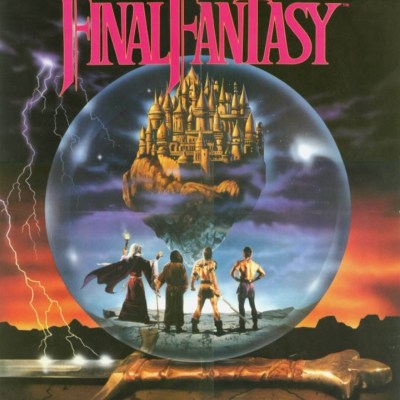25 Best PlayStation One RPGs Ever
Some of the best RPGs ever made called the PlayStation One their home, but which PlayStation RPG is the best of them all?
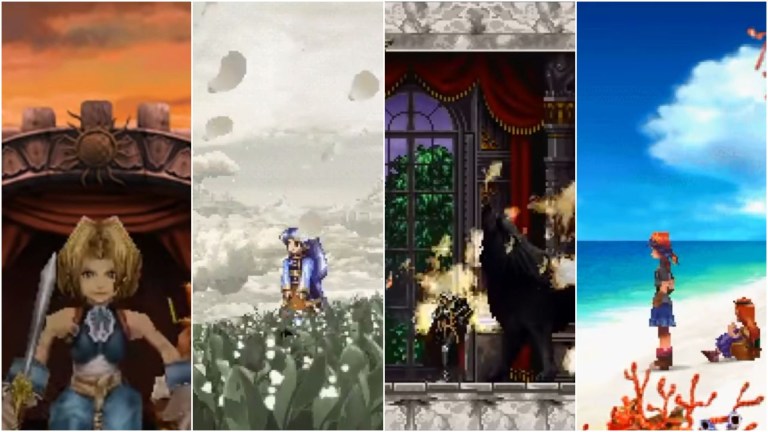
In our look at the best Super Nintendo RPGs ever, we mentioned that the SNES is arguably the greatest RPG console in video game history. Well, if there is a console that makes that discussion an argument, it would have to be the PlayStation One.
With a lot of help from Square, Sony quickly established the PlayStation as not just the home of incredible RPG experiences but as a console that was capable of effectively convincing people who previously had no real interest in RPGs that they absolutely needed to devote 50+ hours of their life to the next gaming epic. That sudden rise in genre popularity inspired some of the industry’s greatest RPG developers to try to outdo each other creatively and commercially.
The result was a classic collection of role-playing experiences that still rank comfortably among the absolute best ever made. With due respect to the 20+ other games that deserve to be on this list, these are the 25 best PS1 RPGs ever made.
Note: This article has been updated since it was originally published to include entries 25-16
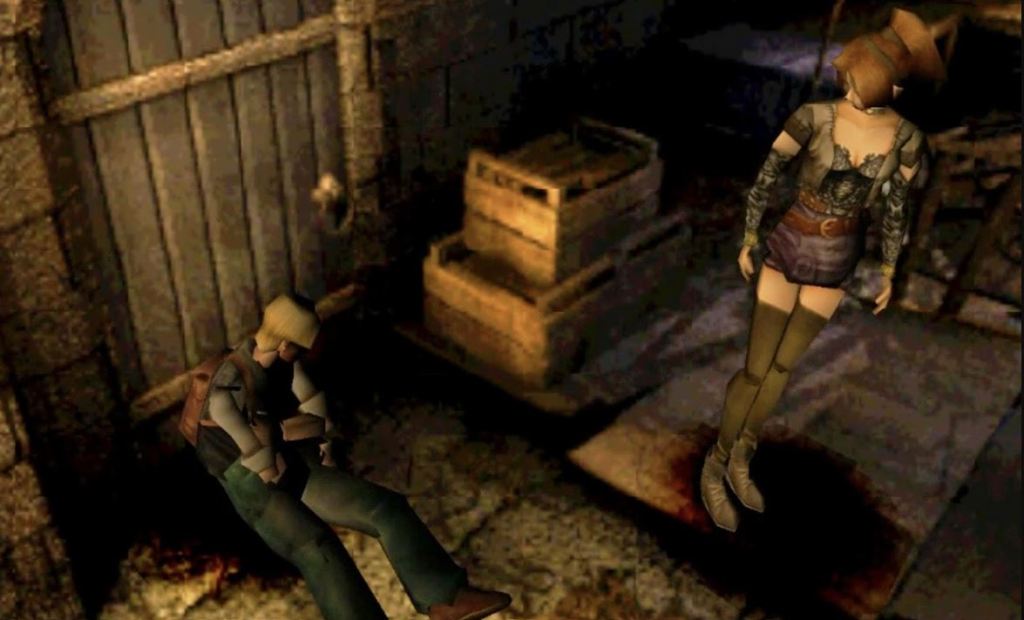
25. Koudelka
As one of the all-too-rare examples of a horror JRGP, Koudelka earns points for its style and concept alone. Exploring a haunted mansion Resident Evil style before engaging in classic turn-based JRPG battles with various creative creatures is such an inherently wonderful experience that it’s honestly a shock there haven’t been more Koudelka-like titles over the years.
While it’s true that this game doesn’t quite nail that delicate balance between those genres, Koudelka’s creativity, soundtrack, visuals, and wild storytelling moments make it easy to overlook its various flaws and fall in love with its charms. – Matthew Byrd
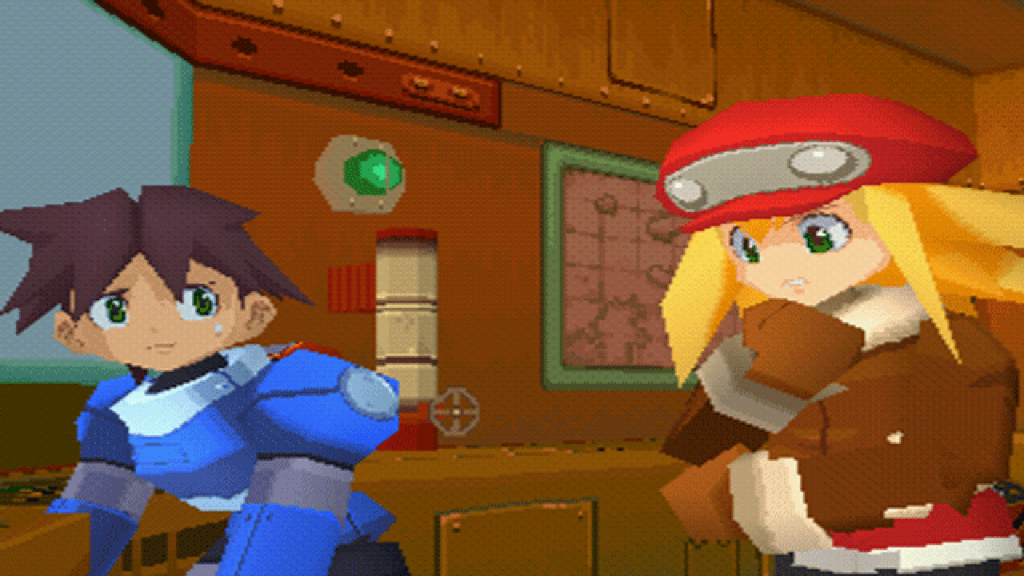
24. Mega Man Legends 2
As surprising as it sounds, Mega Man Legends and by extension its sequel, Mega Man Legends 2, are action RPGs. Both feature open explorable worlds, collectible/upgradable equipment, and strong narratives. Plus, Legends 1 and 2 showcase some of the most memorable and hilarious characters in the Mega Man franchise. While the first Mega Man Legends is a great game on its own, Legends 2 improves on it in every way.
Mega Man Legends 2 is basically more Mega Man Legends in the best way possible. Players can explore several islands instead of just one. This additional landmass gives players more dungeons to conquer, equipment to loot, and quests to complete. Furthermore, Legends 2 improves the original’s control scheme and adds more moves. Given the game’s legacy (and sequel bait ending), why Capcom never made a third Legends entry is a mystery. – Aaron Greenbaum
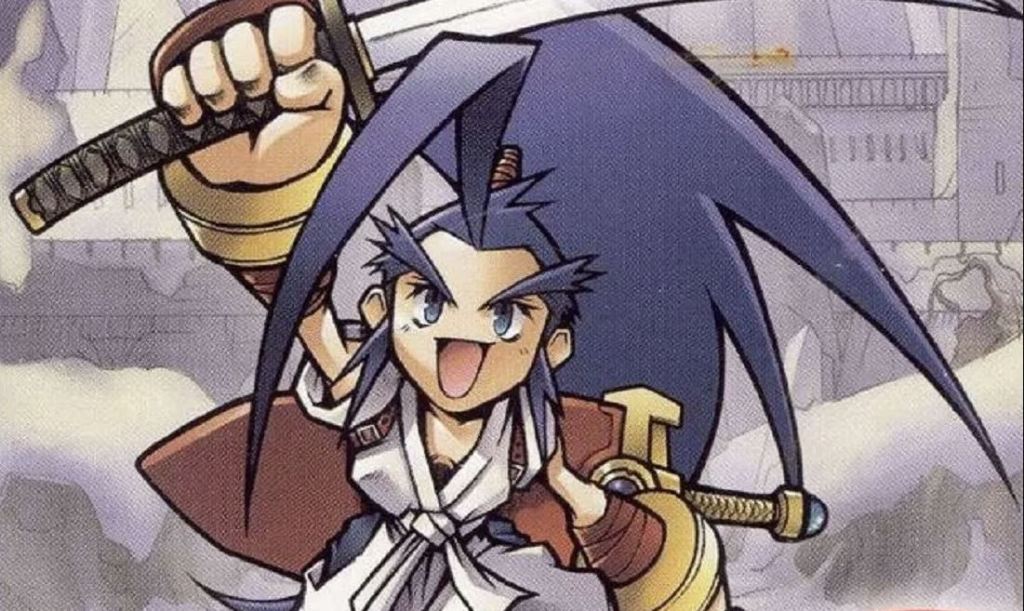
23. Brave Fencer Musashi
Like some of the PS1’s other notable APRGs, Brave Fencer Musashi admittedly sacrifices RPG depth in favor of gameplay fluidity. So while the role-playing elements of this game are largely limited to acquiring new abilities and completing quests, they ultimately enhance what is a fundamentally exceptional action title.
Brave Fencer Musashi’s combat strikes a fine balance between pure action and role-playing methodicalness. It’s more intense than the action you’ll find in the average Zelda game, but it requires you to slow down just enough to consider your resources and the benefits of your various abilities. It’s a fantastic core combat system that serves as the heart of a thrilling adventure that is bursting with visual creativity, humor, and incredible setpiece moments. – MB
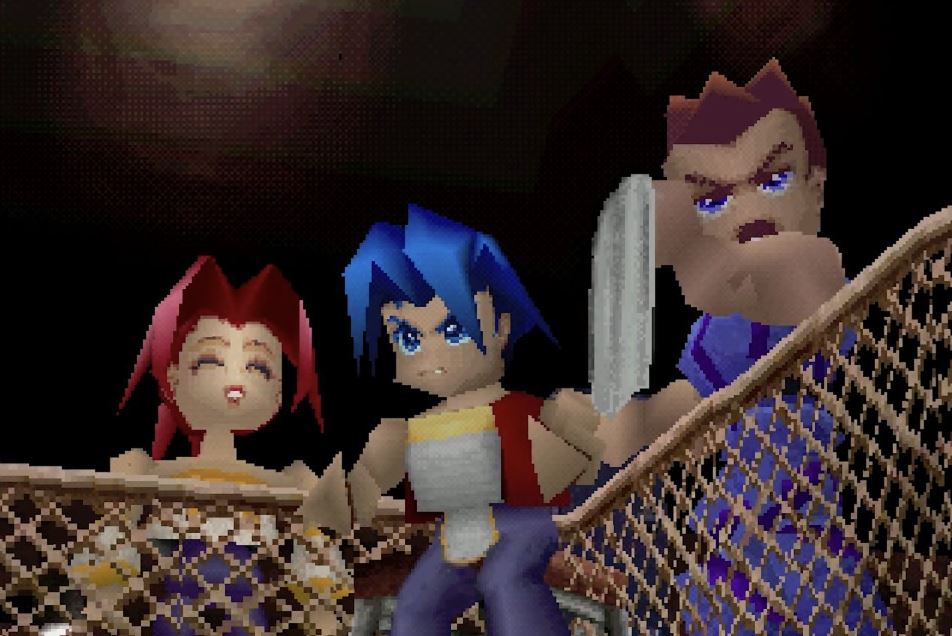
22. Legend of Legaia
Legend of Legaia’s story is actually fairly pedestrian. Humans live in peace with a race of magical creatures until an evil mist makes them turn against each other. The fate of the world lies in the hands of a young man who bonds with a rare, symbiotic variant of the magical creature. However, the story is only part of an RPG, and Legend of Legaia sets itself apart with a unique combat system.
While battles are turn-based in Legend of Legaia, attacks are primarily performed by chaining together strikes to form combos. Players can input them at random or chain together attacks into powerful Arts. This system provides a novel fighting game spin on the RPG formula and also encourages experimentation since you never know what inputs will result in new Arts. No other RPGs use this mechanic aside from Legend of Legaia’s sequel. – AG
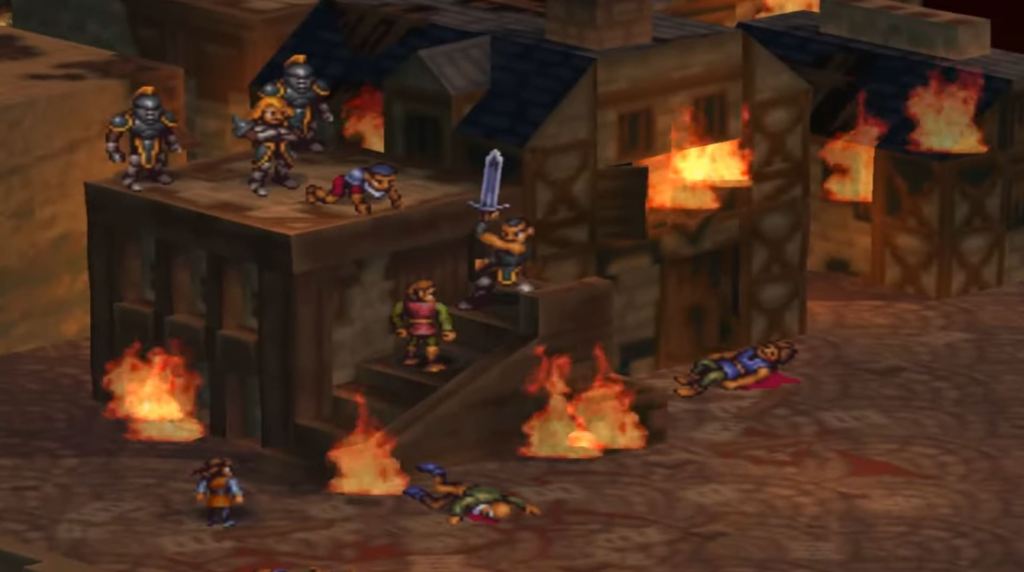
21. Vandal Hearts
Vandal Hearts has long been criticized for its relatively simple gameplay. To be fair, many of those criticisms are entirely valid. Vandal Hearts is not as deep as some other tactical RPGs, and its more traditional JRPG exploration mechanics sometimes feel like a square peg in a round hole.
Yet, you’ll have a hard time being bothered by any of that once you’re actually playing this game. Vandal Hearts’ gameplay may not be quite as complex as what you’ll find in similar genre titles, but its emphasis on fundamentals ensures that every combat sequence feels like a proper setpiece. For that matter, you’ll have a tough time finding another tactical RPG where every fight between sprites feels like a proper showdown with stakes, weight, and appropriate visual impact. – MB
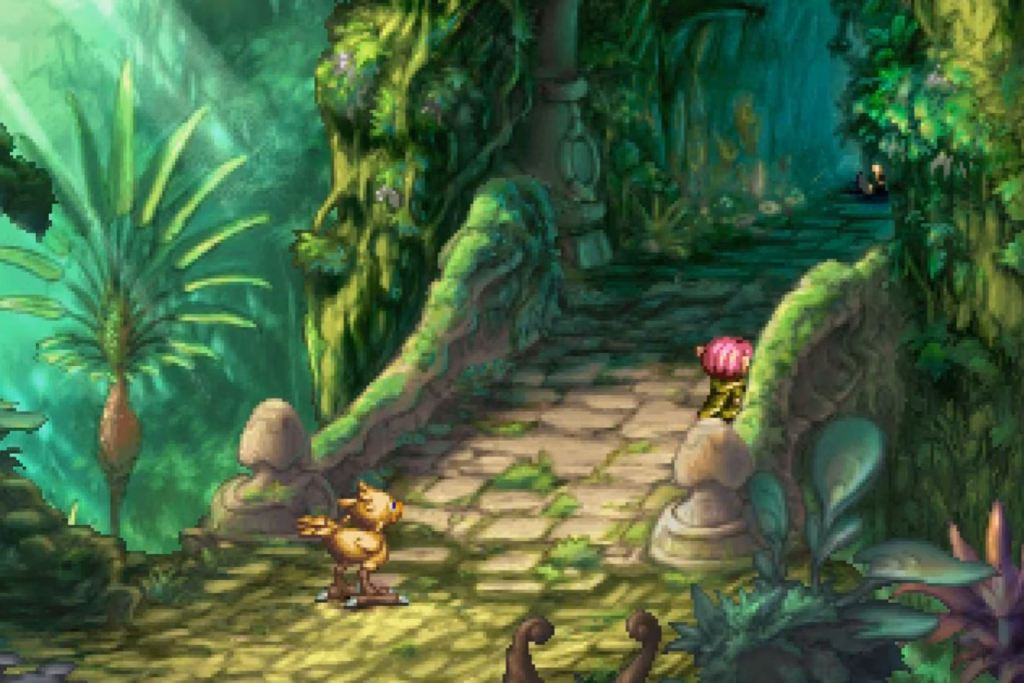
20. Legend of Mana
First off, it should be noted that Legend of Mana is a stunningly beautiful game that greatly benefits from its hand-drawn visual style that grants the whole experience a sense of timelessness. That style elevates the game’s biggest moments as well as the many smaller sights you’ll enjoy along the way.
As has long been the case, though, it’s Legend of Mana’s real-time combat that separates it from (and elevates it above) so much competition from that era. Granted, it’s largely similar to the combat from previous Legends games, but it’s hard to complain about that when you consider how exceptional those combat mechanics have long been. If you can get past this title’s unusual structure (“disjointed” is probably the better word), you’ll find that it’s an all-time RPG experience that is still in search of that status. – MB
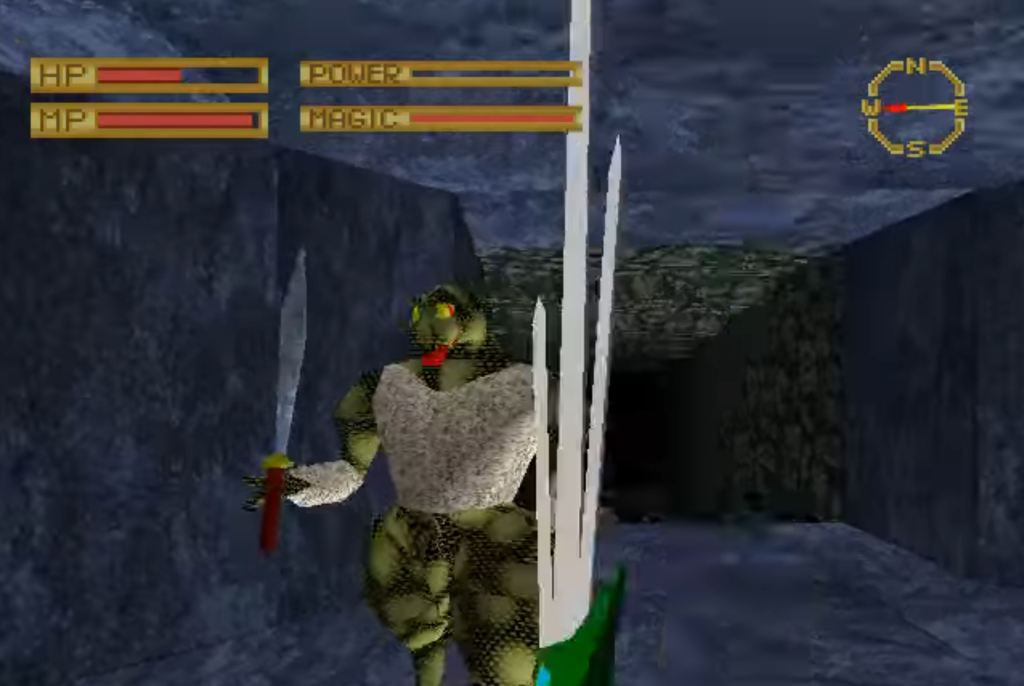
19. King’s Field
While many gamers argue that Dark Souls and Demon’s Souls are the first Souslborne titles, King’s Field was the genre’s true originator. Quite confusingly, The first King’s Field never left Japan, so when ASCII Entertainment and Sony published the second entry in the U.S. and Europe, they renamed King’s Field 2 to King’s Field.
While King’s Field is a first-person dungeon crawler instead of a third-person experience, the game checks all of the boxes necessary to make a soulsborne RPG. A slow pace and stamina bar that forces players to be deliberate in their actions? Check. An atmospheric world that doesn’t give players any direction and lets them explore and build their character however see fit? Check. The Moonlight Greatsword? Where do you think the tradition of placing it in every FromSoftware game originated? – AG
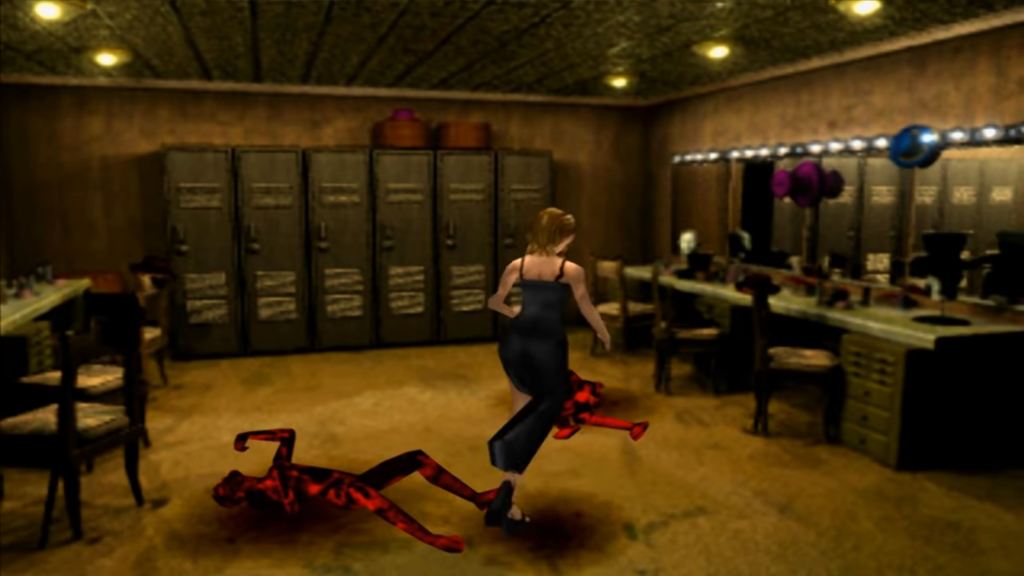
18. Parasite Eve
On the surface, Parasite Eve is the lovechild of Final Fantasy and Resident Evil, and that is neither an unfair comparison nor a criticism. The game combines a turn-based ATB-powered battle system with mutant monsters that wouldn’t be out of place in the Spencer Mansion.
While Squaresoft started development of Parasite Eve before the release of Final Fantasy VII, the game allowed the company to ride the wave of popularity Final Fantasy VII set into motion. Parasite Eve’s settings and cinematics thrust the original PlayStation’s graphics to new heights, and the game’s M-rating (a first for the company) let the developer go hard on the gross factor. While subsequent video games have provided more realistic and disturbing cinematics, Parasite Eve demonstrated that video games were capable of such a feat to begin with. – AG
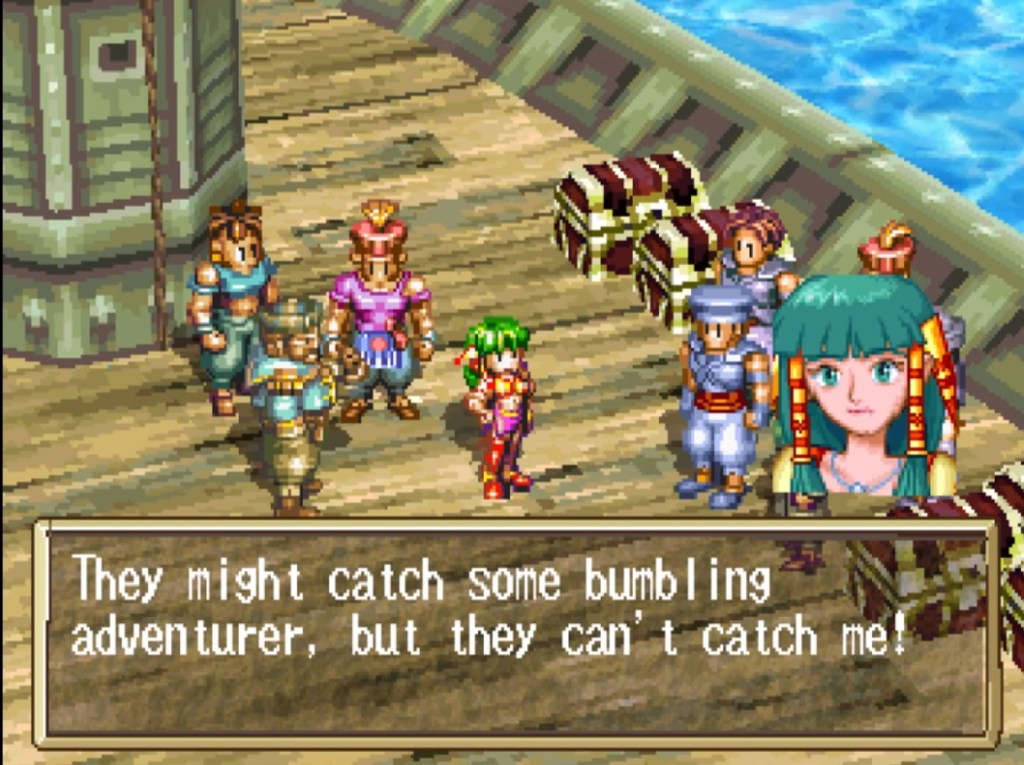
17. Grandia
If you’re looking for a charming, timeless RPG on the PlayStation, you can’t go wrong with Grandia. The game is the definition of a hidden gem due to an unfortunate launch schedule. So many other fantastic RPGs were released around the same time, leaving Grandia overlooked, but anyone who played the game can tell you it is worth your attention.
Grandia shines on two fronts: narrative and combat. The game distances itself from other RPGs of its era with a colorful and lighthearted story, although it isn’t afraid to get serious from time to time. Grandia also excels with a tactical spin on Final Fantasy’s ATB system that lets players delay or even cancel enemy attacks if timed properly. However, this mechanic works both ways, which gives Grandia combat a tactical depth many RPG fights lack. – AG
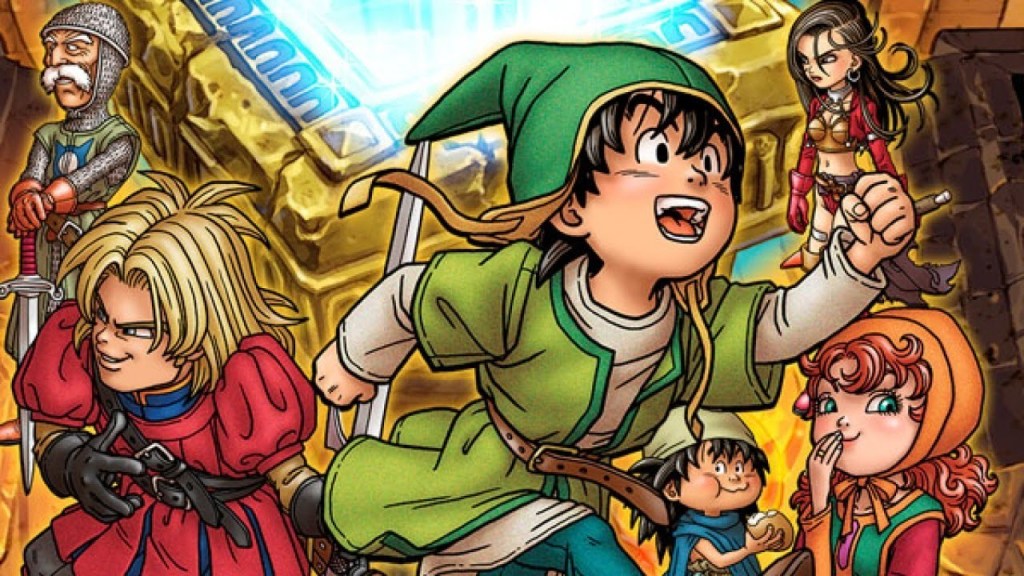
16. Dragon Quest VII
At the time of its release, I remember quite a few publications making quite a big deal out of Dragon Quest VII’s length. Granted, at 100+ hours Dragon Quest VII more than earns that part of its legacy. It was, and remains, a daunting JRPG experience.
While I can’t claim that all of those hours are entirely earned, I will say that Dragon Quest VII uses much of that time to tell one of the great epic narratives in JRPG history. By the time that story gets its hooks in you, you’ll be grateful you decided to spend your time in this adventure rather than a handful of lesser titles. Thankfully, the excellent (and surprisingly deep) combat and character-building mechanics give you something to sink your teeth into all along the way. – MB
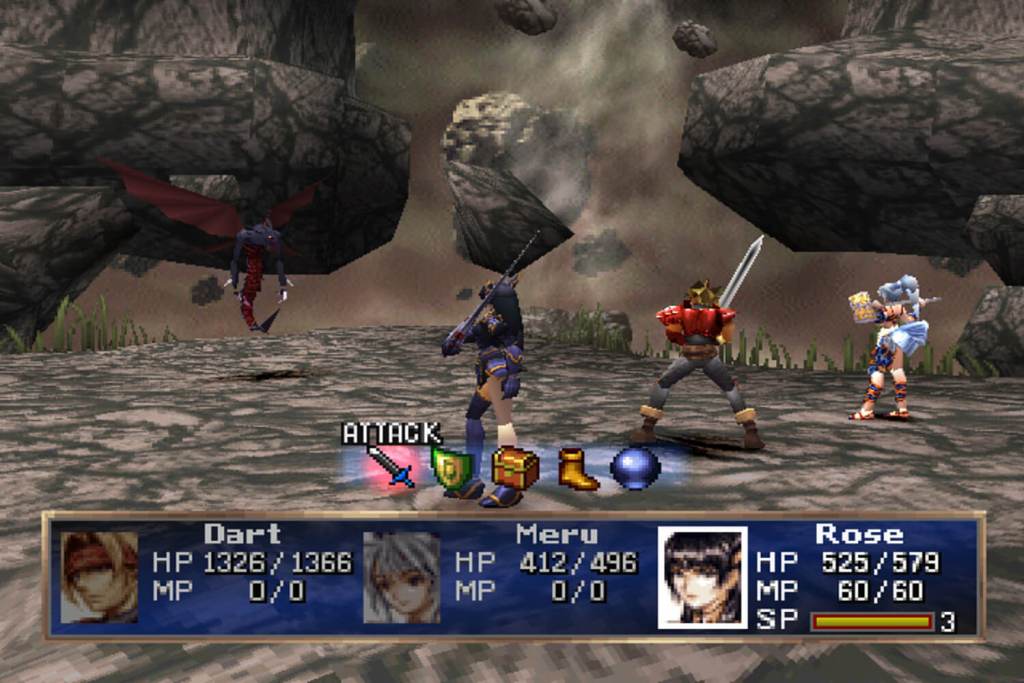
15. The Legend of Dragoon
The Legend of Dragoon’s legacy has only grown since the game’s late 1999 release, and it’s not hard to see why. While this game was initially criticized for not living up to the standards of some of the other PS1 RPGs we’ll soon be talking about, time has been kind to the various things this game does so very well.
The Legend of Dragoon makes up for its slow story with an incredible combat system that emphasizes an almost QTE-like mechanic that helps ensure you’re rarely simply watching a battle play out. This RPG’s character transformation mechanic is also one of those brilliant gameplay concepts that should have been copied many times since this game’s release. There’s also always been something special about the fact that Legend of Dragoon‘s ambitious CGI cutscenes ensured this epic spanned four PS1 discs. – MB
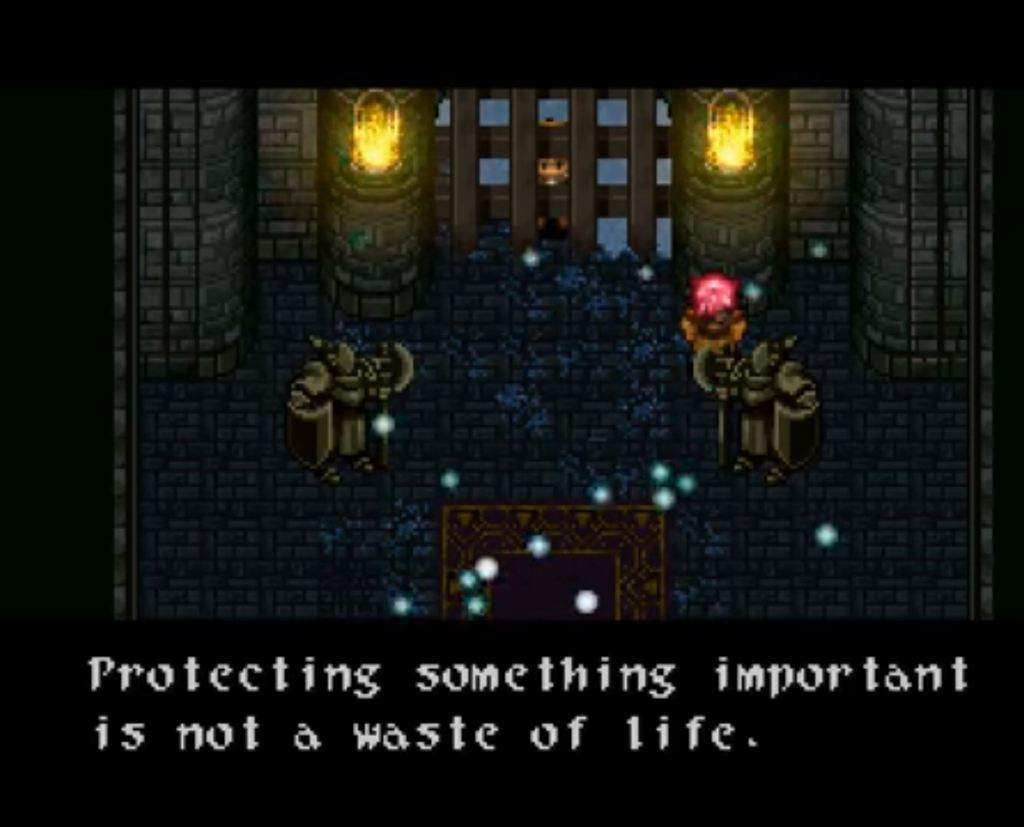
14. Wild Arms
Wild Arms is another one of those PS1 RPGs that were initially overshadowed by some of the all-time classic games it had to compete against, but the thing that stood out about this title at the time is the thing that still makes Wild Arms special to this day: its style.
Wild Arms‘ blend of sci-fi, fantasy, and western design concepts shouldn’t work nearly as well as it does here. Developer Media.Vision deserves a lot of credit for ensuring this game’s ambitious world always felt cohesive and for finding some truly clever ways to subvert genre expectations through this title’s approach to exploration, combat, and puzzles. – MB

13. Breath of Fire III
The Breath Of Fire III vs. Breath of Fire IV debate will likely not be settled here, but the third entry in this series ultimately gets my nod due to the ways it so clearly raised the bar for this franchise and its genre competition.
Breath of the Fire III’s 3D visuals and voice acting helped sell this game’s engaging story, while the game’s combat and wonderful cast of characters ensured you were constantly engaged and ready to see where this absolute gem was going to take you next. – MB
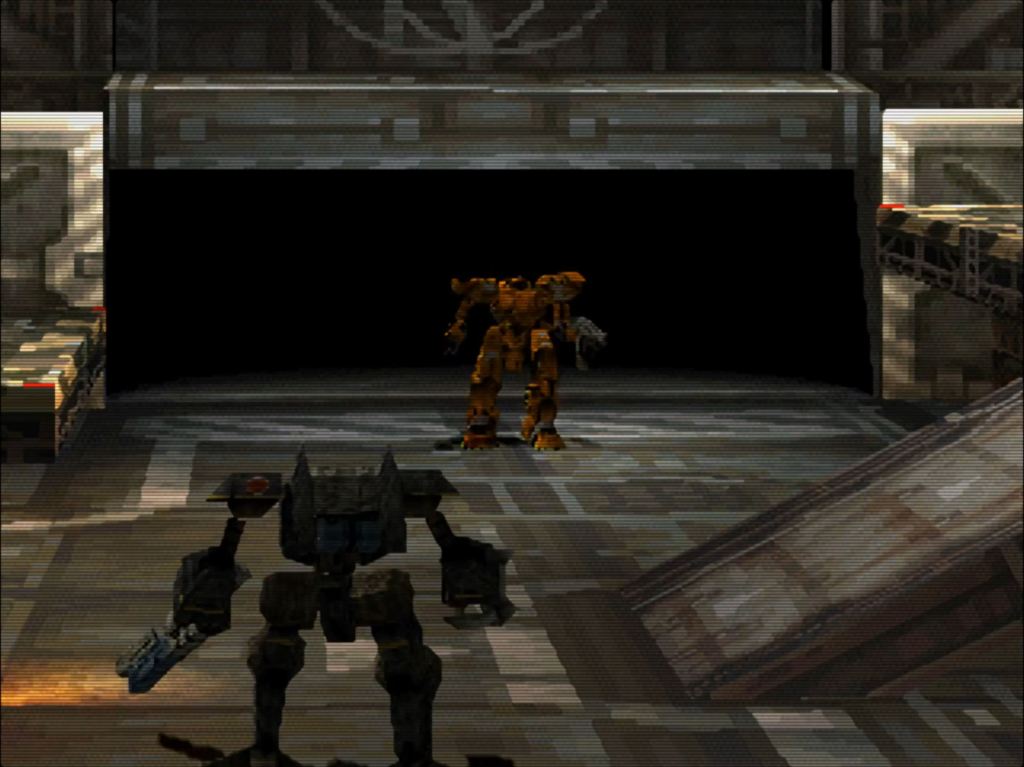
12. Front Mission 3
Front Mission 3 rewards players willing to put the time into its fairly complex mechanics and deep storyline with one of the best tactical RPGs of the era and one of the best mech games ever made.
This game is rightfully remembered for its customization options and often punishing tactical gameplay but I don’t know if it gets enough love for its faction-driven narrative and the ways its visuals convey epic mech battles without relying on more traditional action gameplay. – MB
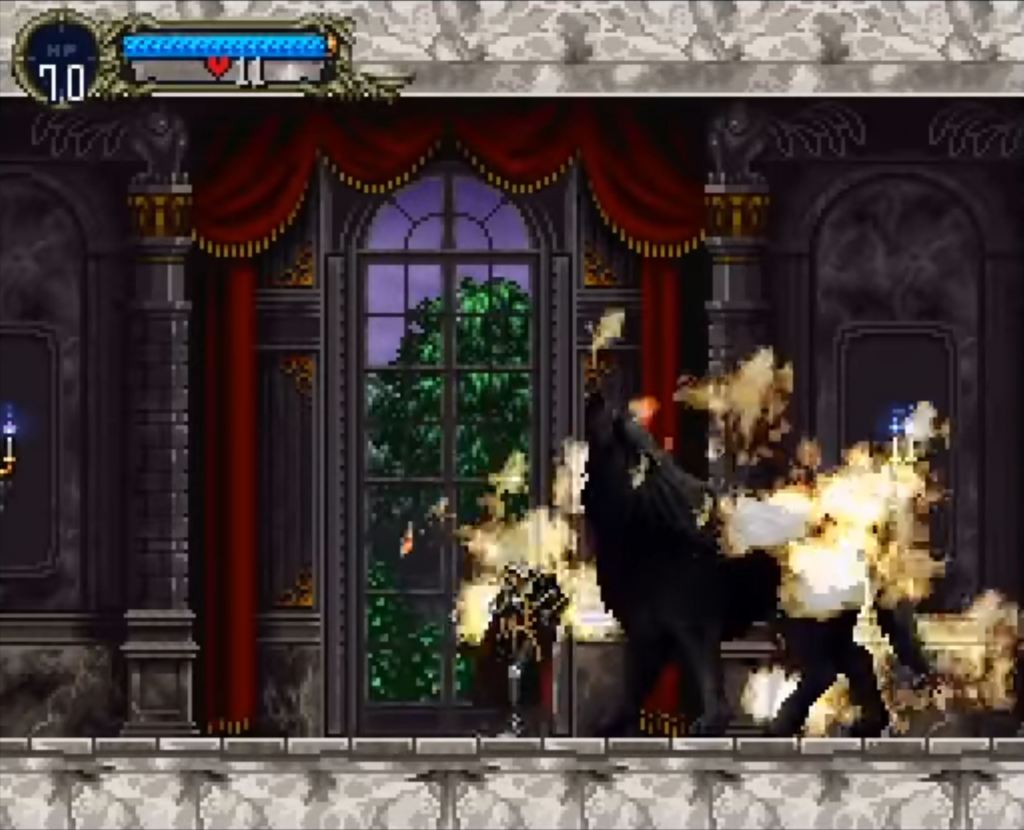
11. Castlevania: Symphony of the Night
The only reason this all-time great game isn’t higher on the particular list is that there are just other PS1 RPGs that better represent the genre and the kind of epic experiences we think of when we think of one of the best RPG platforms ever.
Having said that, the way that Symphony of the Night incorporated RPG elements not only changed the franchise forever but eventually helped inspire developers everywhere to enhance their own action titles by utilizing role-playing mechanics. This is still one of the best blends of role-playing and action/adventure ever made. – MB
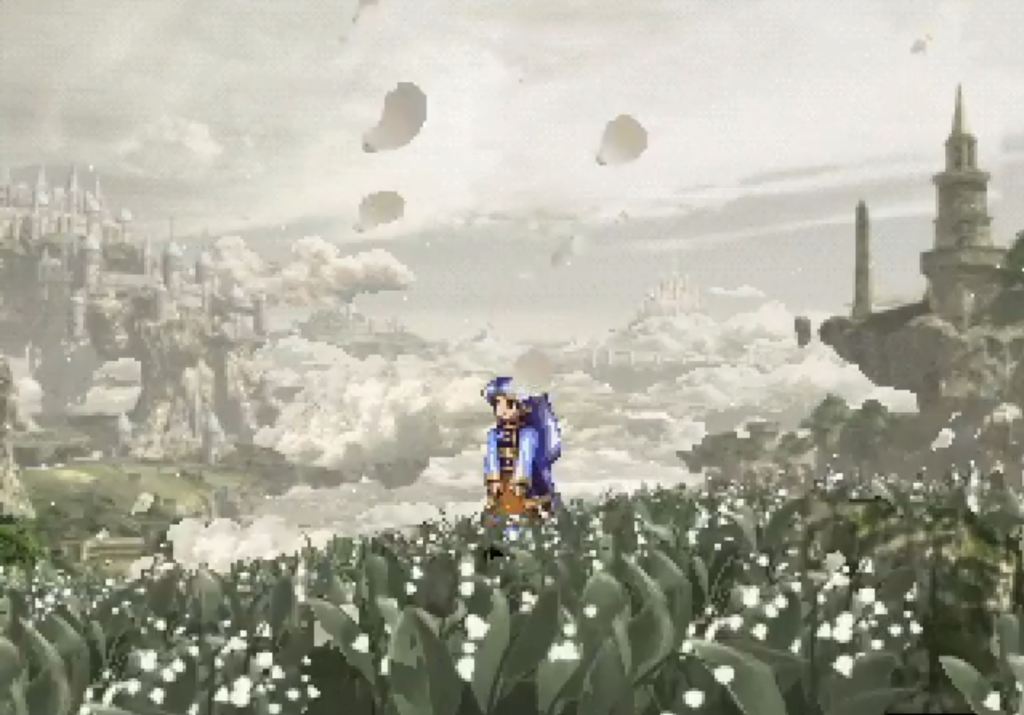
10. Valkyrie Profile
Long before God of War took us on a journey through Norse mythology, Valkyrie Profile caught many PS1 gamers by surprise with its unique blend of Japanese design and a Norse narrative that tasks you with assembling the perfect party of heroes to assist you through Ragnarok.
Valkyrie Profile‘s true calling card, though, is its turn-based combat system that essentially assigns a button to each character in your party. Getting the most out of your party of heroes requires you to successfully assign each character the right actions at the right time in order to unleash powerful combo attacks. It’s complex, original, and a whole lot of fun. – MB
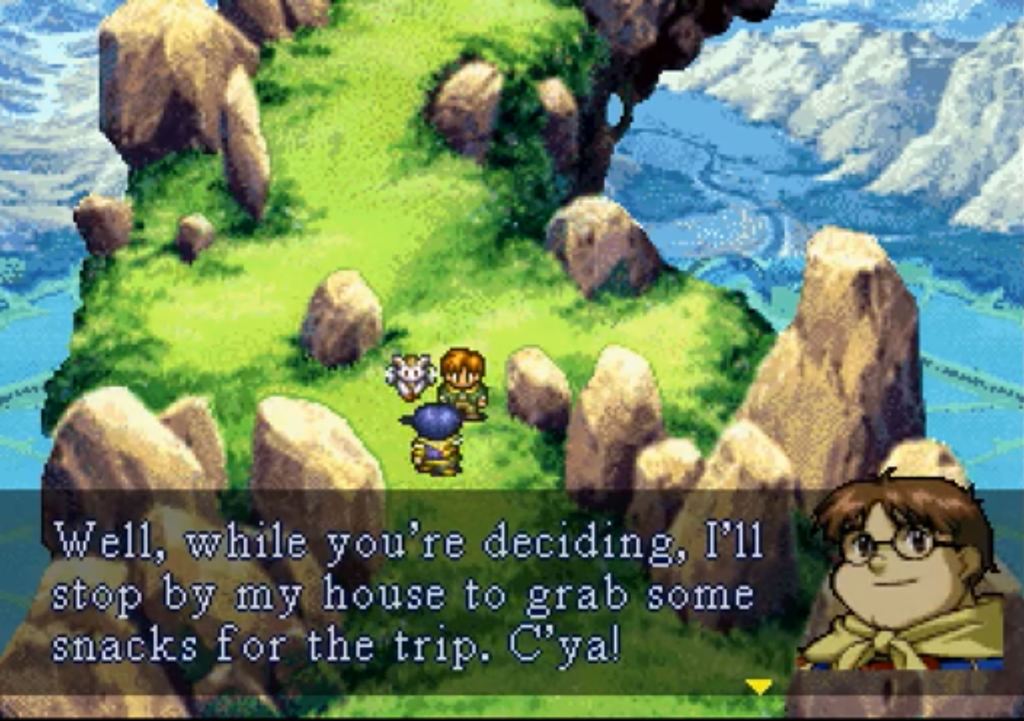
9. Lunar: Silver Star Story Complete
Lunar: Silver Star Story Complete may have started off as a Sega Saturn title, but it’s hard not to ultimately remember this as a PS1 game due to the many ways that Sony’s first console allowed Lunar’s developers to share their full vision for this classic.
It’s true that Lunar is an “old-school” JRPG in a lot of ways that might turn some people off, but when level grinding, party management, and methodical turn-based gameplay are done this well, it’s hard not to see this as one of the ultimate genre comfort zones. – MB
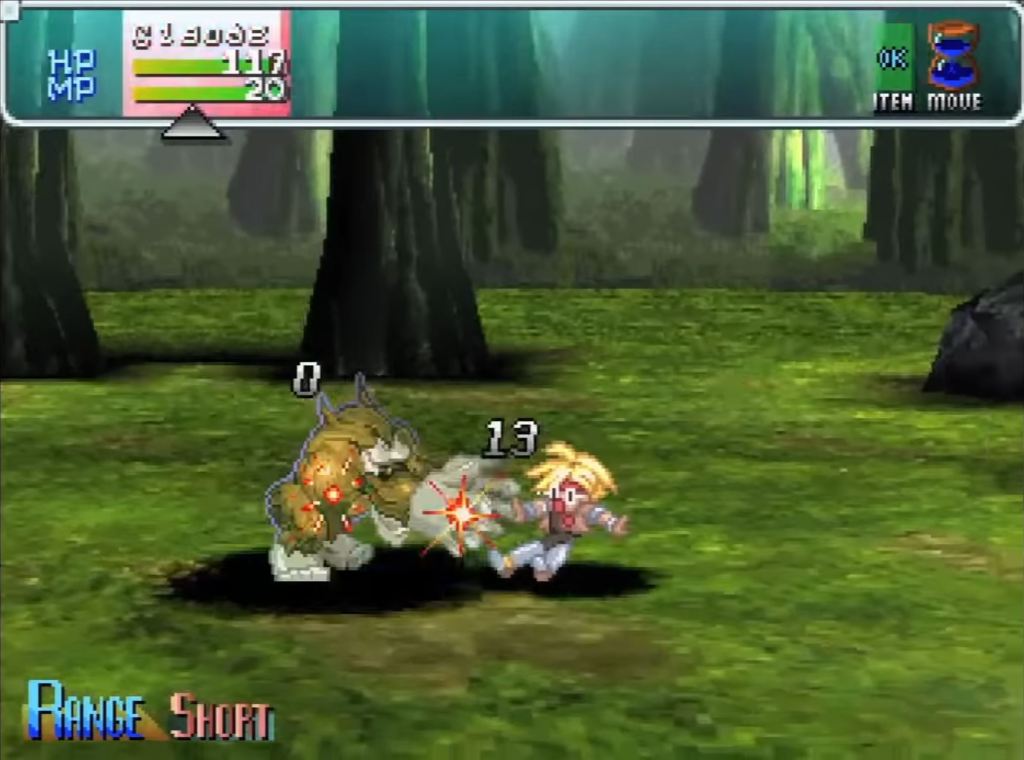
8. Star Ocean: The Second Story
It’s hard to talk about Star Ocean without eventually getting around to the fact that it has almost 90 possible endings, so let’s not bury the lede. What’s even more impressive than the game’s number of possible endings, though, is the fact that many of those endings are clever, logical, and, in their own ways, complete.
Really, though, this game’s incredible number of possible conclusions just highlights the various ways this sci-fi/fantasy title makes you feel like every action you do truly matters and that anything can happen. I also have to pay respect to this game’s brilliant “private action” system: a unique mechanic that allows your party members to have their own adventures that ultimately contributes to some of the best sidequests in RPG history. – MB
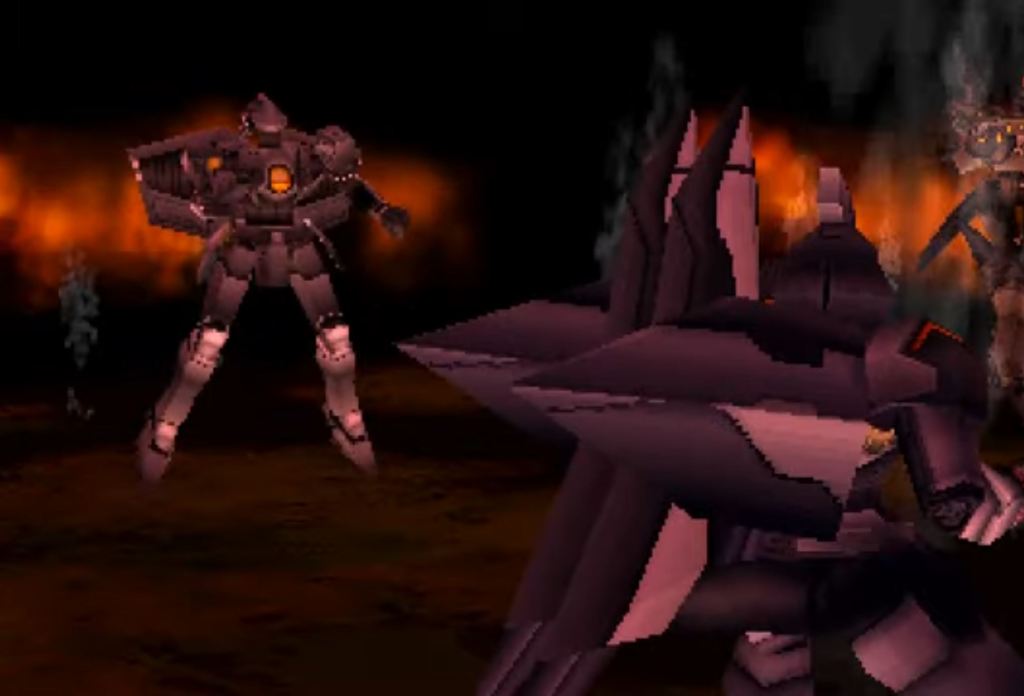
7. Xenogears
Xenogears features a fascinating blend of styles and mechanics that is quite appropriate considering the details of this game’s complicated development history (it started off as a pitch for Final Fantasy VII before briefly being designed as a Chrono Trigger sequel). Admittedly, there are times when you can tell this game is trying to find its creative voice and gameplay footing.
Yet, all the concepts this RPG touches upon ultimately come together to form something wonderful and memorable. It features one of the best ATB combat systems ever, a complex and creative story, a lot of heart, great visuals, and a truly incredible soundtrack. Sure, the game struggles a bit in the second half, but it’s easy enough to overlook those shortcomings as the byproduct of ambition. – MB

6. Final Fantasy VII
Final Fantasy VII should be a victim of its own success. After all these years, all the praise, and all of the discussions, you would think we’d be at the point where the dreaded term “overrated” might linger just above this game’s legacy.
That’s not the case, though. Maybe Final Fantasy VII was eventually surpassed, but it’s truly tragic to imagine what RPG gaming in the ‘90s and early 2000s would have been like if it wasn’t for this game. It alerted millions to the fact they loved video game RPGs, and it did it without sacrificing depth, quality, heart, or ambition. – MB
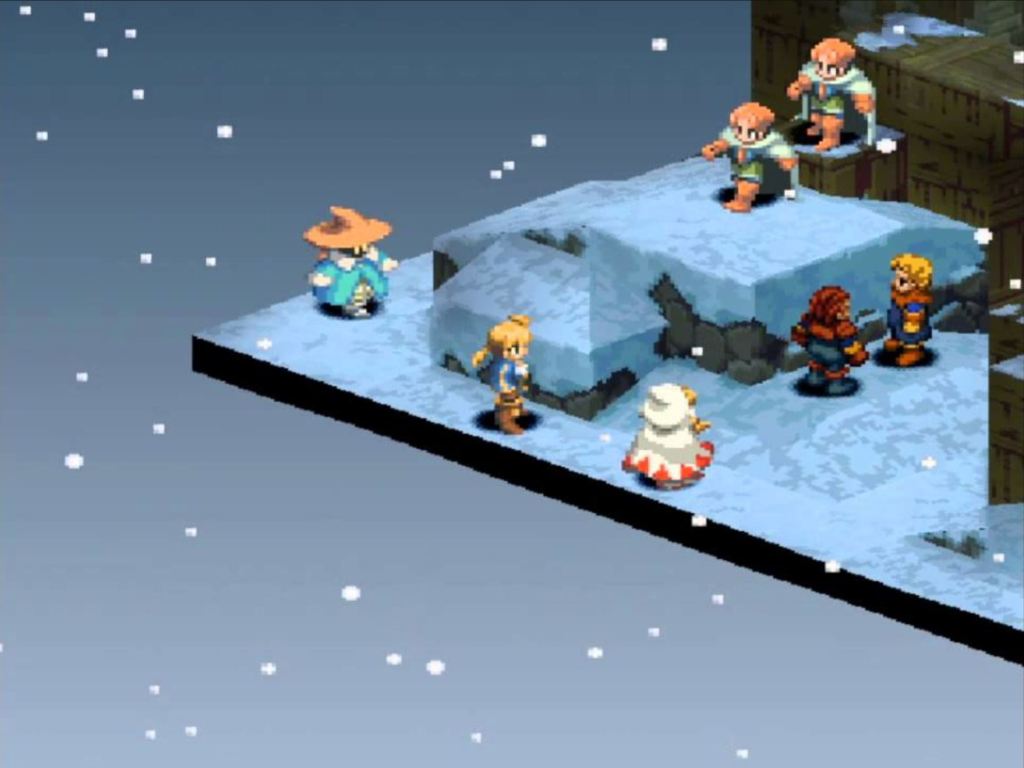
5. Final Fantasy Tactics
Considered by many at the time to be the best tactical RPG ever made, it has to be said that the most impressive thing about Final Fantasy Tactics is the fact that it’s still difficult to argue against this game’s claim to that title nearly 24 years after its release.
Final Fantasy Tactics‘ surprisingly accessible (yet still deep and rewarding) gameplay perfectly complements its colorful visuals, engaging character, and surprising story. I don’t know if it’s the best tactical RPG ever made, but it may always be seen as the standard in the eyes of many. – MB
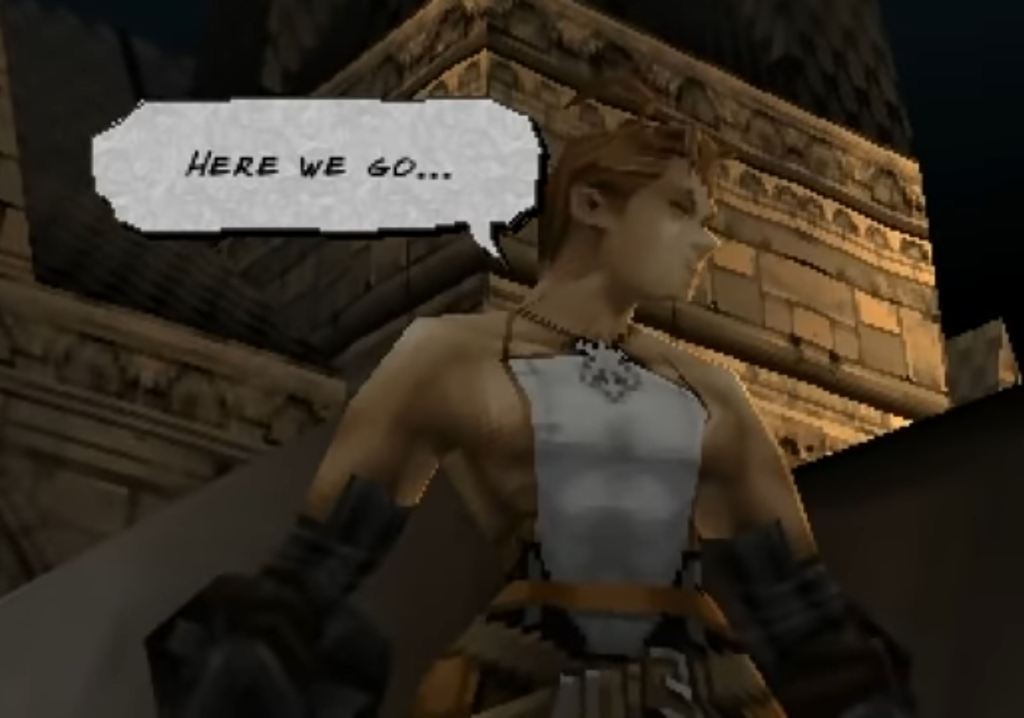
4. Vagrant Story
It feels like people have been waiting for Vagrant Story to get the love it deserves ever since the game was released in 2000. While Vagrant Story absolutely has a cult following, it seems pretty clear at this point that it’s just never going to reach that level. It’s too difficult, too different, and it will probably never get the remaster it deserves.
However, those who have played Vagrant Story know it was Square’s most mechanically ambitious and unique PlayStation RPG. From its stunning visuals to its deep combat and mature narrative, Vagrant Story has honestly aged better than all but a few of the games of this era. A game this different and innovative shouldn’t feel as complete and confident as it does. – MB
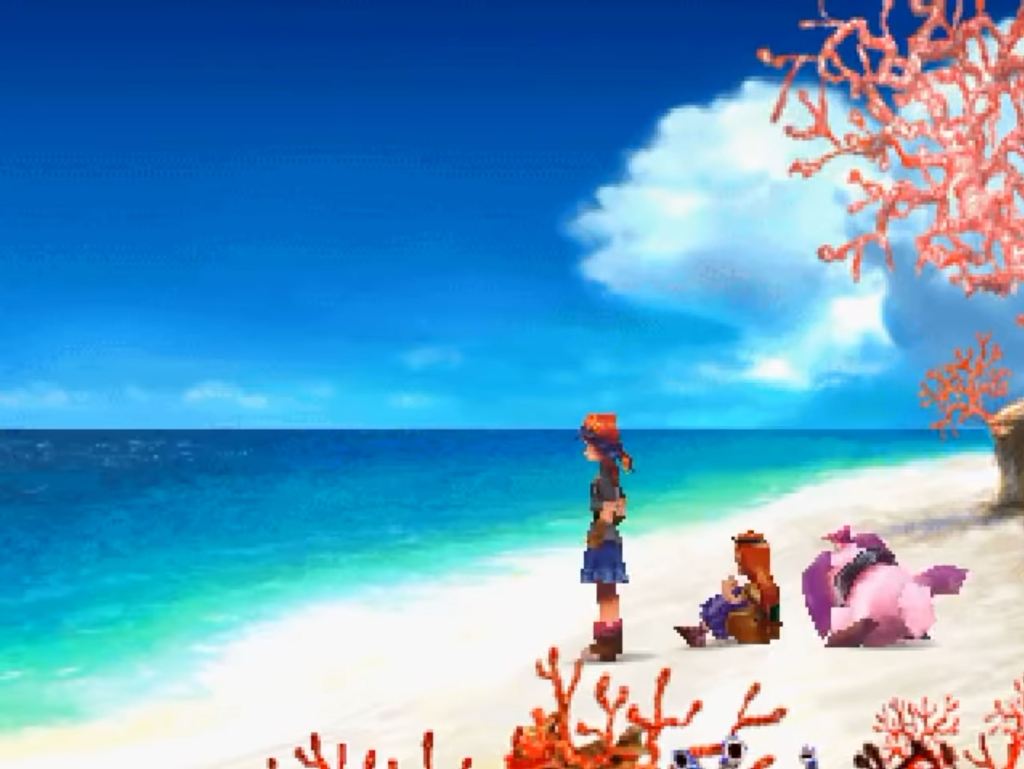
3. Chrono Cross
From the moment Chrono Cross was released, it feels like the first line about this game has been that it disappointed those who were expecting a direct follow-up to Chrono Trigger. Even when we learned that the Chrono Cross team never really saw this as a Chrono Trigger sequel, Chrono Cross still lived in the shadow of its all-time great predecessor.
Maybe there are ways that Chrono Cross would have been better off sticking closer to that SNES classic, but even at the time of its somewhat controversial release, many praised Chrono Cross for its innovative combat, weird and wonderful story, large cast of characters, music, visuals, and commitment to defying expectations at every turn. This shouldn’t be your first PS1 RPG, but it might be the one you end up remembering most fondly. – MB
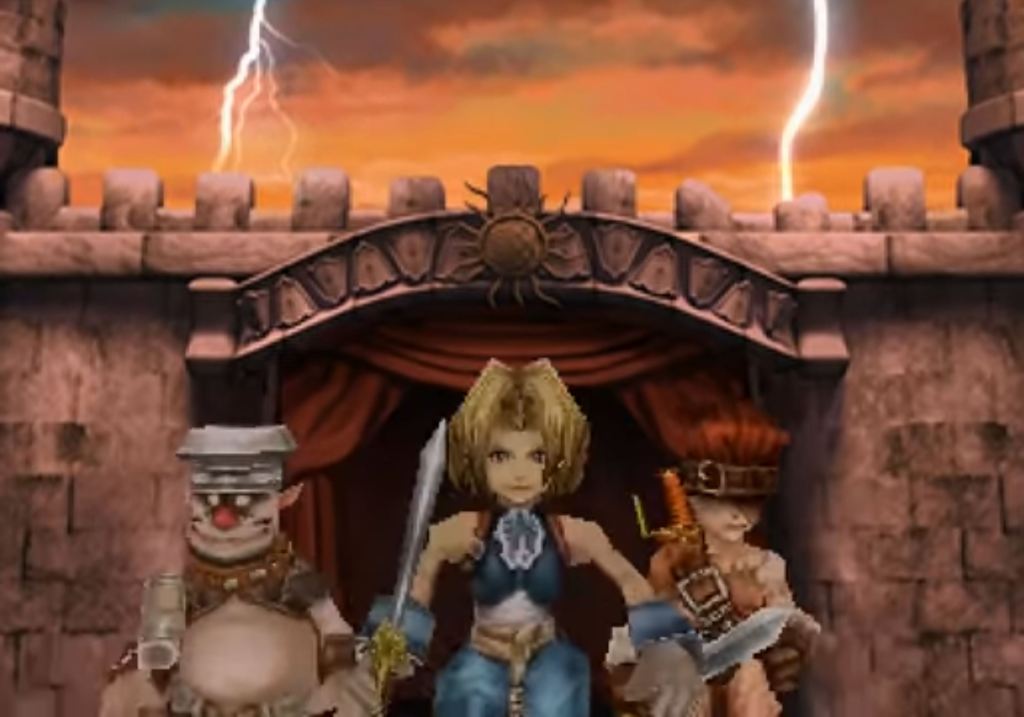
2. Final Fantasy IX
Final Fantasy IX was essentially Square’s PS1 swan song. While the title’s return to the medieval fantasy style of classic FF games highlights the studio’s jovial mood at the time, the fact is that many people wondered if Square could recover from the controversial Final Fantasy VIII and produce an RPG that effectively ended their unbelievable run of hits in style.
The fact they managed to do just that is an accomplishment that should never be overlooked. To this day, I struggle to think of even a handful of RPGs that challenge Final Fantasy IX’s charm, humor, and cast of characters while still providing a role-playing adventure that will feel rewarding to veterans and newcomers alike. This is an across-the-board triumph that delights and impresses in equal measure. – MB
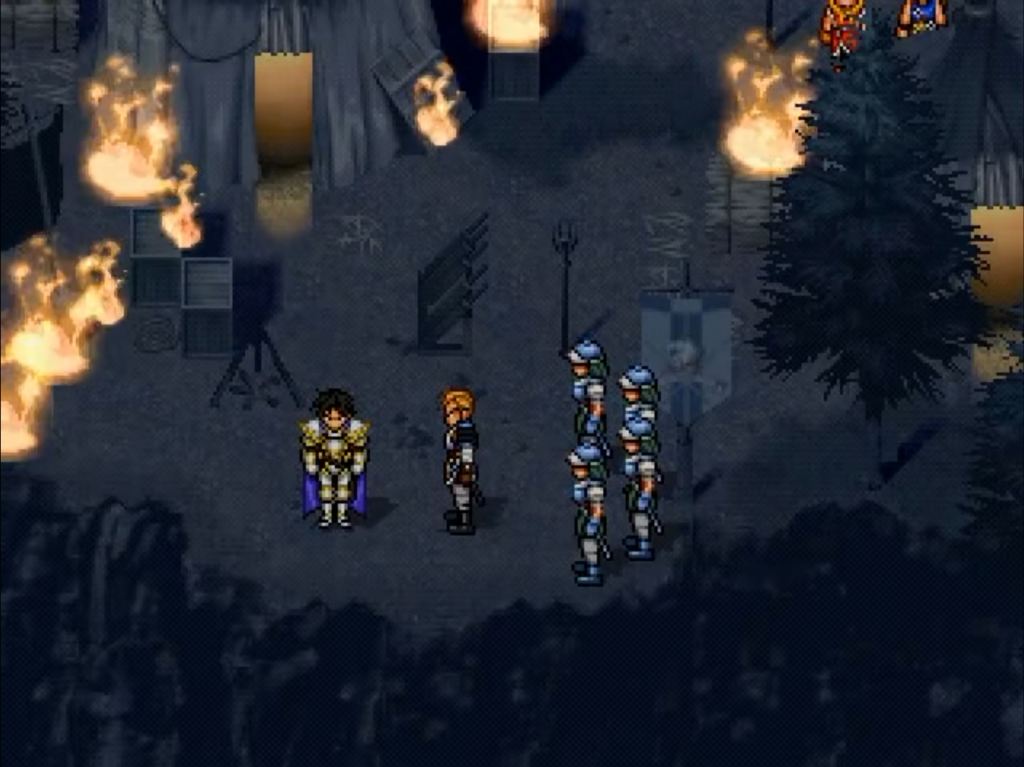
1. Suikoden II
Suikoden II was pretty much “doomed to fail” from the start. It was released in the wake of Final Fantasy VIII’s massive debut, wasn’t widely distributed, and featured “retro” graphics that initially turned quite a few people off at the time of cinematic PS1 visuals. It didn’t help that its predecessor was a very good, but not great, RPG that also failed to find a wide audience.
Yet, Suikoden II is quite simply one of the best games ever made regardless of genre. I would love to tell you about its nuanced and deep politically-driven narrative, varied combat system, minigames, world-building elements, and score, but how long can you really talk about Suikoden II without getting around to its cast of over 100 recruitable characters and the ways Konami managed to make each and every one of them (as well as their interactions with each other) among the best of their era?
I wouldn’t call this a perfect game, but at the same time, I’m struggling to think of a single thing I’d change about it. – MB

